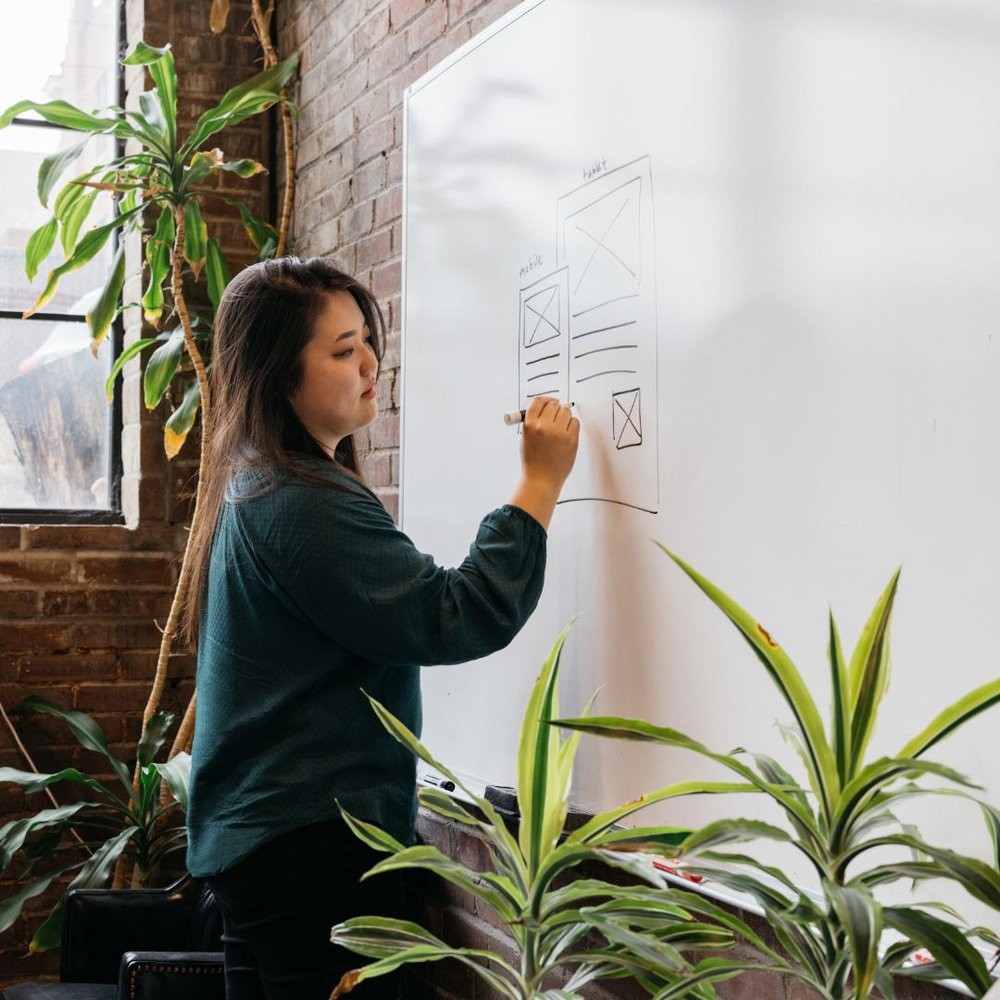We caught up with the brilliant and insightful Alice Lee a few weeks ago and have shared our conversation below.
Alright, Alice thanks for taking the time to share your stories and insights with us today. So, let’s start with a hypothetical – what would you change about the educational system?
Few things get professional artists as fired up as the ongoing discourse about art school — how valuable it is, how outdated, or if it’s even necessary to break into the industry.
There’s a good mix of reasons thrown in the pot that make this topic so contentious, but the boiling point almost always comes down to socioeconomic accessibility. Art school is expensive, plain as that. And with an increasing number of free resources online and a burgeoning community of self-trained artists that find success outside traditional channels, it’s easy to see why so many prospective students would choose to opt-out.
School is not for everyone. Plenty of creative brains don’t jive with traditional methods of learning, and it’s tempting to reject the entire institution, particularly when courses are decades out of date and out of touch with the current state of the industry. In my own experience, I can recall moments of frustration that our specific program lacked a robust approach to UI/UX, or motion graphics, or any other swiftly developing tool that our teachers didn’t even know how to use. My reasoning was all these crucial, marketable skills needed for the most lucrative parts of our industry weren’t even taught in school, so what would I have to show when I started applying for jobs? A million mockup book covers and print layouts for magazines that didn’t exist? This is a core issue that continues to draw art school’s relevance into question, leading to a deteriorating trust in the system and the debate of whether schools adequately prepare young students for the reality of the industry.
The tough part is, I DO think that art school is necessary. Despite all the previous points, I DO still believe that art school is incredibly valuable, and provides a launching pad for ideas, skills, and networking that is difficult to find on your own. The opportunity to work alongside your peers and future colleagues is the best baseline for any aspiring artist. It should be inspiring and challenging.
Lessons behind good, strong graphic design should not be ephemeral. The fundamental principles remain the same, and a strong understanding of them helps any young designer go far. However, there is an undeniable gap between what young designers are being taught in school and what they need to know to keep up in this accelerating industry. Graphic design, at its core, is the same set of visual rules, shaped and reshaped to respond to trends, but its reliance on ever-evolving tools and platforms requires designers to be quick on their feet, adaptive, and willing to change.
There is the argument that curriculums can only teach so much; truthfully, most of what I do in my day-to-day job was figured out by hands-on experience. There are plenty of fields and degrees that require some internship experience to graduate, and I think art school would be greatly bolstered by such a requirement. It could be a logistical nightmare to connect every prospective student to an internship within a certain period, but what is the point of offering a graphic design degree if students aren’t learning how to design for the current world?
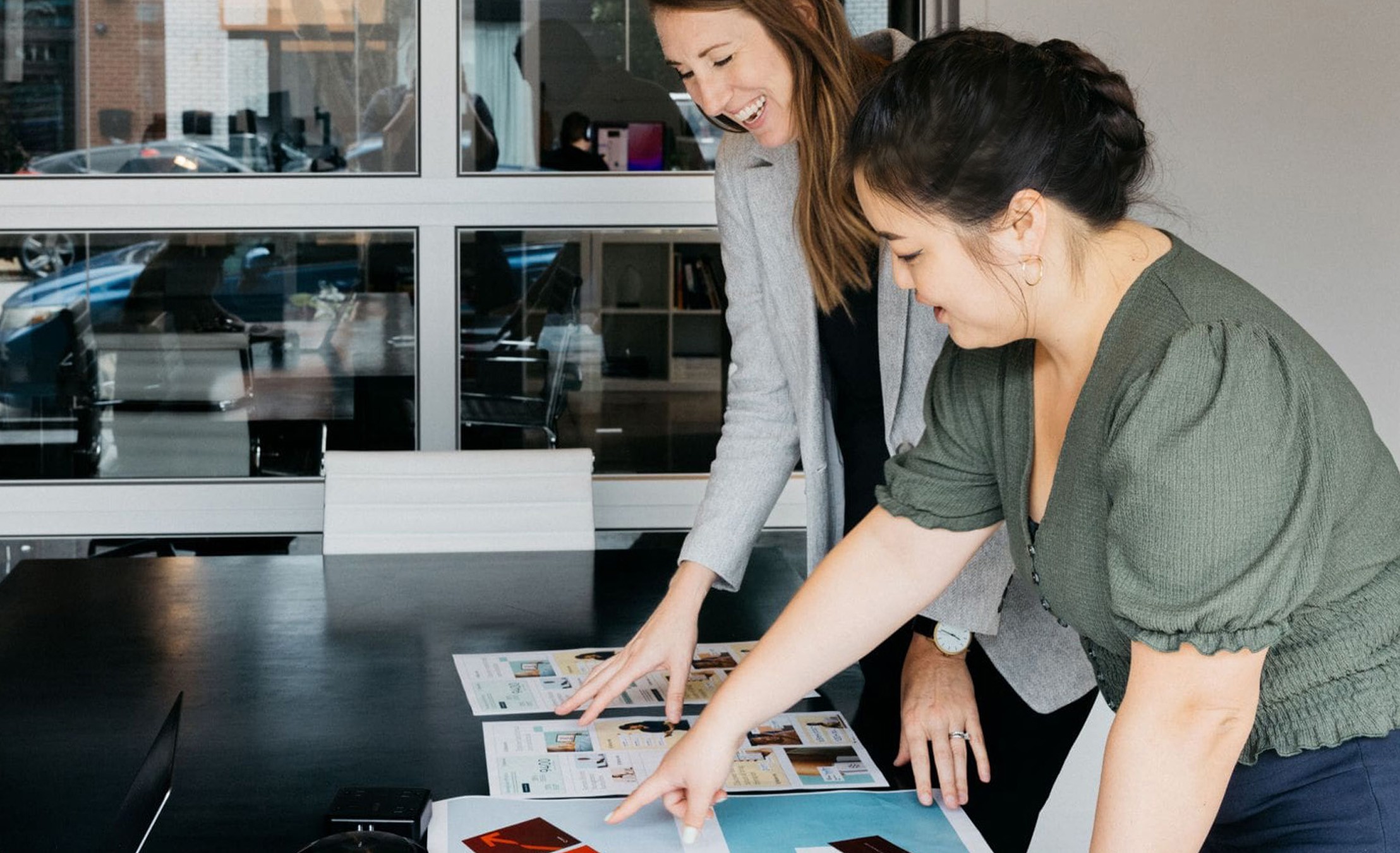

Great, appreciate you sharing that with us. Before we ask you to share more of your insights, can you take a moment to introduce yourself and how you got to where you are today to our readers.
My name is Alice Lee, I’m a graphic designer and illustrator originally from California and currently based in St. Louis. I’ve been working at branding and marketing agencies since I graduated from Washington University in St. Louis in 2018. Usually I’m juggling freelance design and illustration projects on the side, everything from logos and branding identities to dog portraits and wedding cards!
I’ve always been a storyteller, and writing is my secret side passion. When I was 7 years old I would draw and write my own stories, stapling folded printer paper into makeshift zines before I even knew what zines were. I’m a huge sucker for romantic and fantastical stories, and my ultimate dream is to publish a graphic novel I’ve been developing since high school. My lifelong love for literature and art history is always interwoven into my work, so I’m working to make that unique voice clear and compelling for audiences.
I firmly believe every human being has a story to tell, so however you can best express yourself — do it!
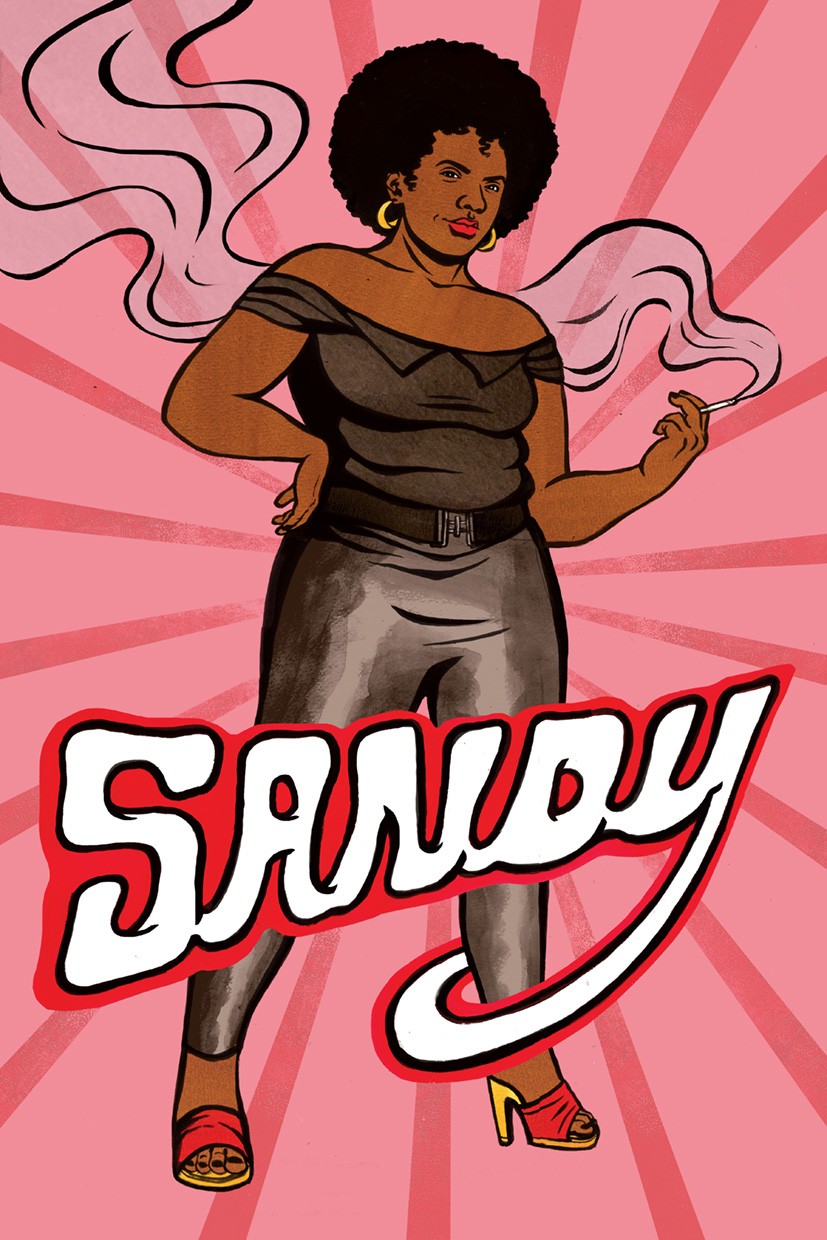
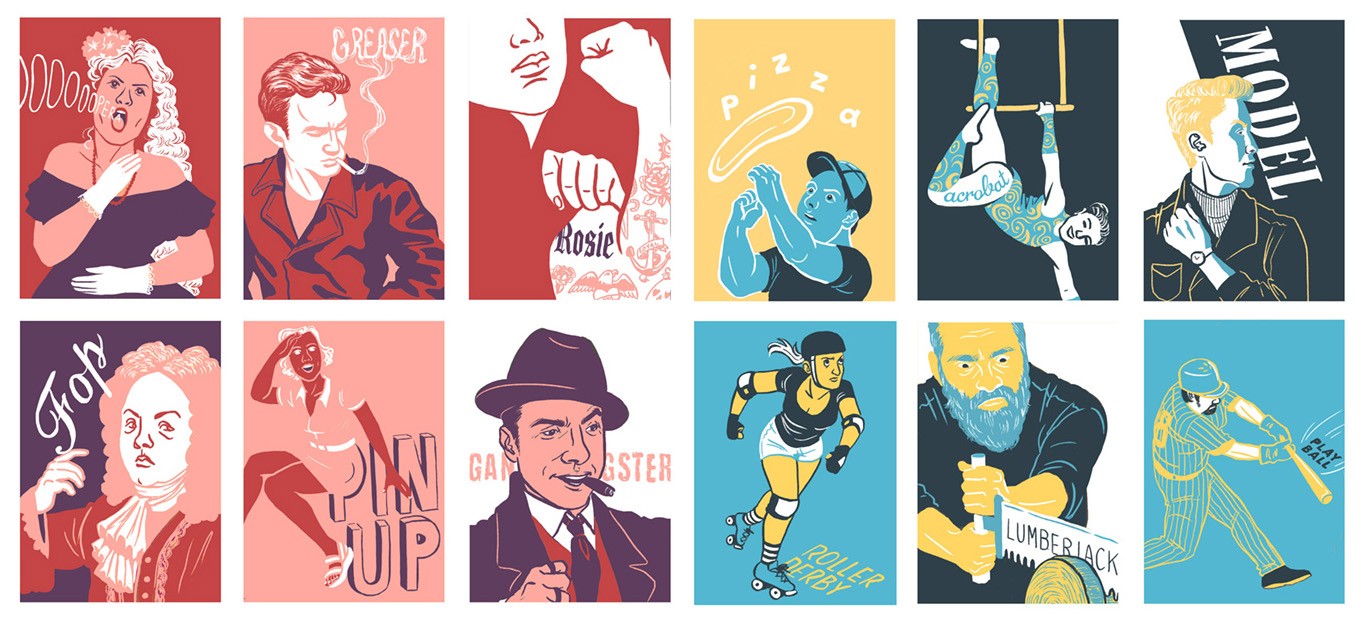
What’s a lesson you had to unlearn and what’s the backstory?
It’s not any specific phrase or word — it was a general feeling of urgency.
QUICK.
DO IT.
SUCCEED.
NOW.
The competitiveness of art school, coupled with crippling anxiety and bouts of imposter syndrome, instilled in me a sense of hurry hurry hurryhurryhurry. Forbes 30 under 30. Social media posts from literal high schoolers of gigantic artistic feats. Constant comparisons and shifting eyes to the canvas or computer next to yours.
Hurryhurryhurry.
Fears of never making “it” — whatever “it” was, an internship, an award, a job, it didn’t matter — were relentless and proved unyielding even in the face of actual results. I didn’t feel I could rest after any achievement. I didn’t celebrate milestones. I only wanted to keep going, keep pushing, and get to the next big thing because it already felt like I was behind.
No one had made me feel behind. Lots of other designers struggled with the same feelings, but no one said a word — it was easy to fall into a routine without sleep or praise, only constant dissatisfaction and loathing.
HURRYHURRYHURRY
Eventually, burnout was inevitable. Things had to come to a screeching halt, and in the stillness, I forced myself to confront what I had known was true for many years.
You move at your own pace. There is no invisible, unknowable, universal standard that you must hold yourself to. You can challenge yourself and grow at a healthy rate, improving steadily and acknowledging your progress. There is no love or sustainability in pushing oneself to the limit. That feeling of urgency had always been self-imposed, propped up by impossible expectations and deeper mental health issues that needed to be dealt with.
In the process of unlearning these unhealthy habits, I developed better ones that have carried me through my career. A sense of work-life balance, an identity outside my work, and self-worth not determined by my productivity. Some days I’m more inspired and I get back to creating and rediscovering that joy. But other days I don’t. And amazingly, I’m okay with that.
Currently, I am producing far less work than I used to. And I am happier than ever. It feels like I can finally breathe.
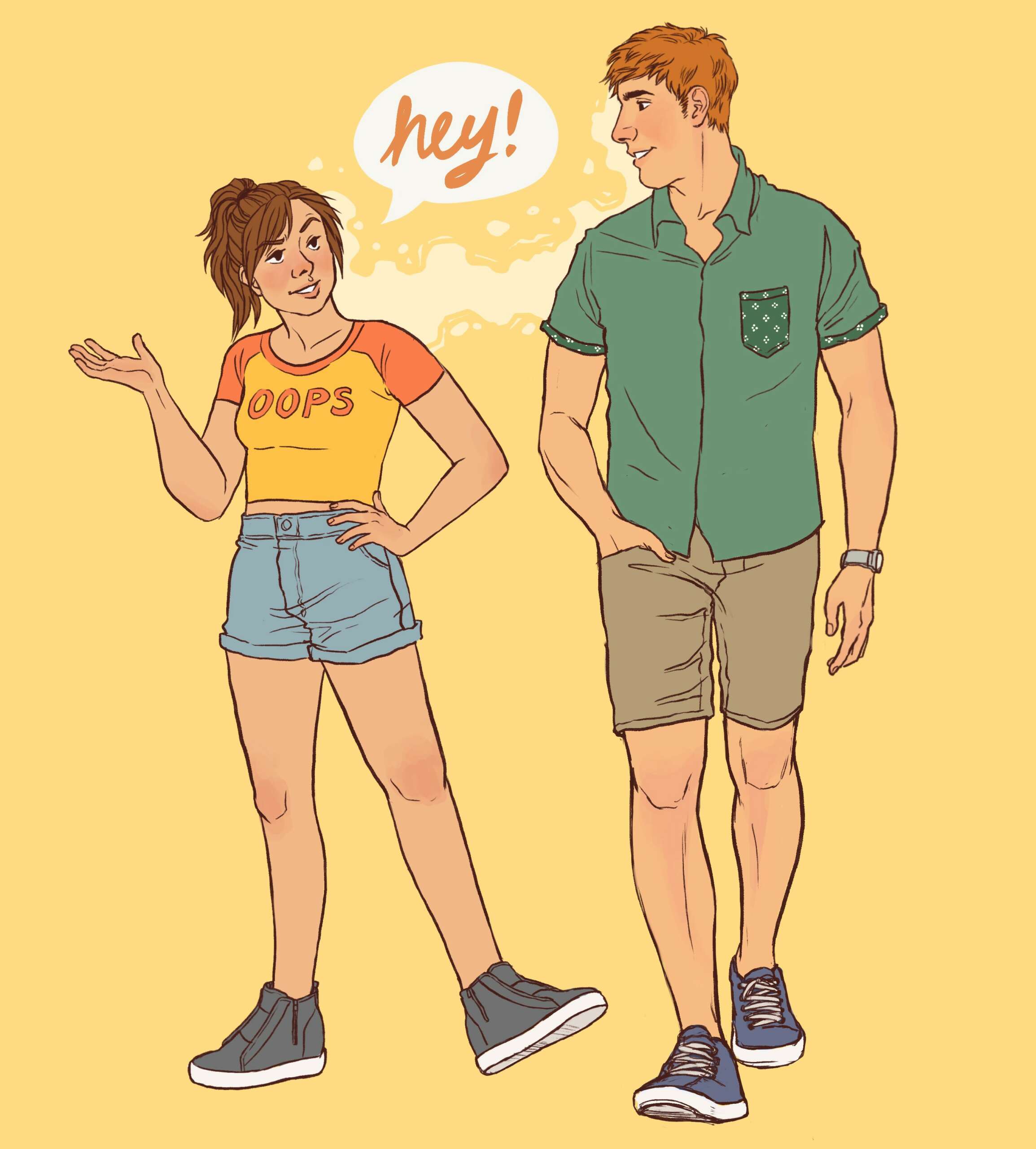
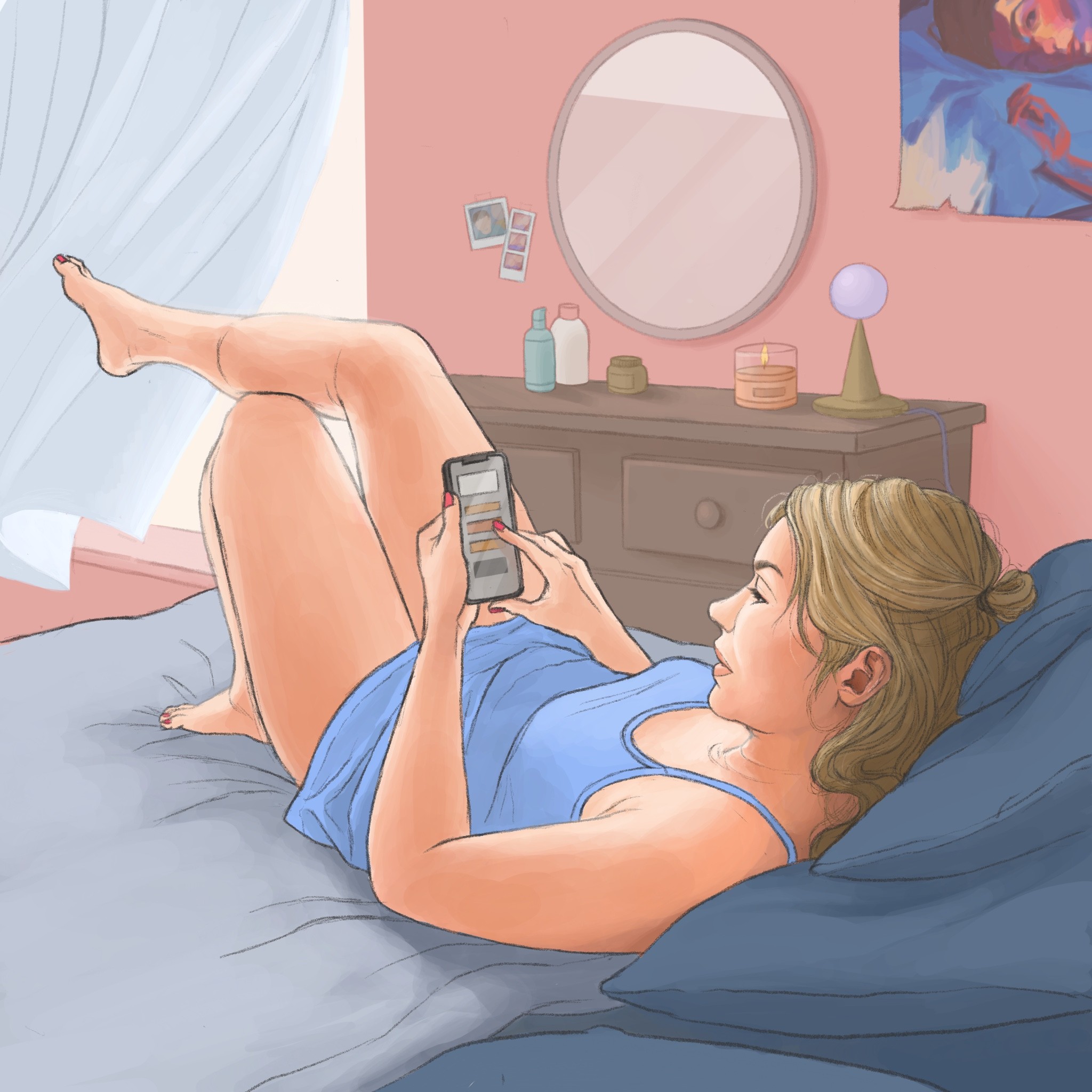
Looking back, are there any resources you wish you knew about earlier in your creative journey?
This seems so obvious, but all the people around you — professors, colleagues, alumni, fellow students — are the best resources! Use them, and don’t feel like you’re imposing; you can always return the favor one day.
As a student, networking seemed so formal and nerve-racking. Mostly I imagined clutching plastic cups of wine and forcing myself to mingle with strangers at conferences and feeling impossibly awkward and inadequate. So I put it off. I tried to avoid those situations. And naturally, that made my circle very small.
I wish I had realized sooner that networking is just socializing with people in your industry. It’s an integral skill. Artists are often such a shy and introverted breed, and it doesn’t come naturally to us. But the best way to break into an industry is to make friends! You already share plenty of common interests. It’s just important to try and put yourself out there. How will anyone know you exist if you don’t show up?
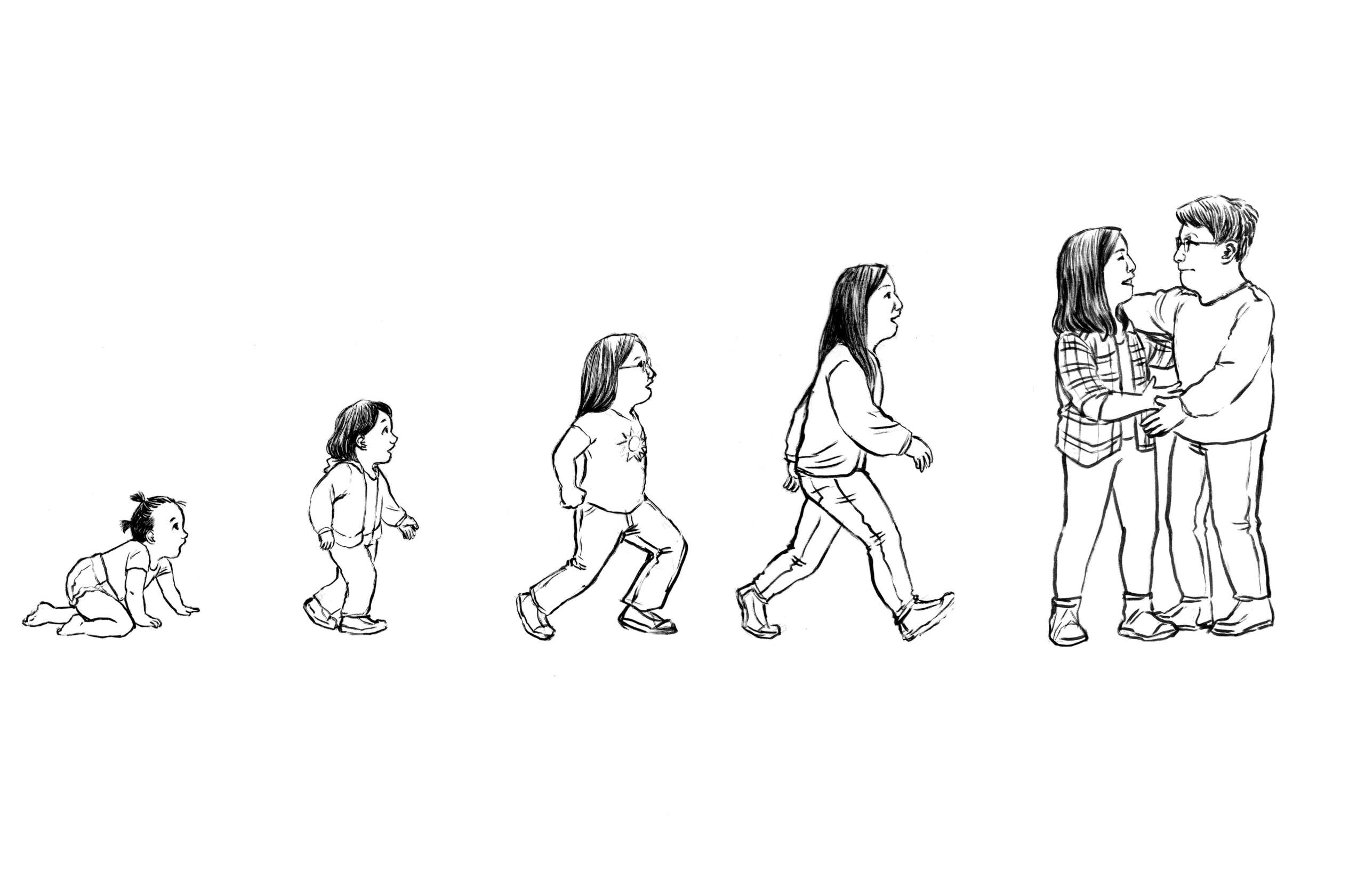

Contact Info:
- Website: https://aliceslee.com/
- Instagram: https://www.instagram.com/aliceseohyunlee
- Linkedin: https://www.linkedin.com/in/alice-seohyun-lee/


